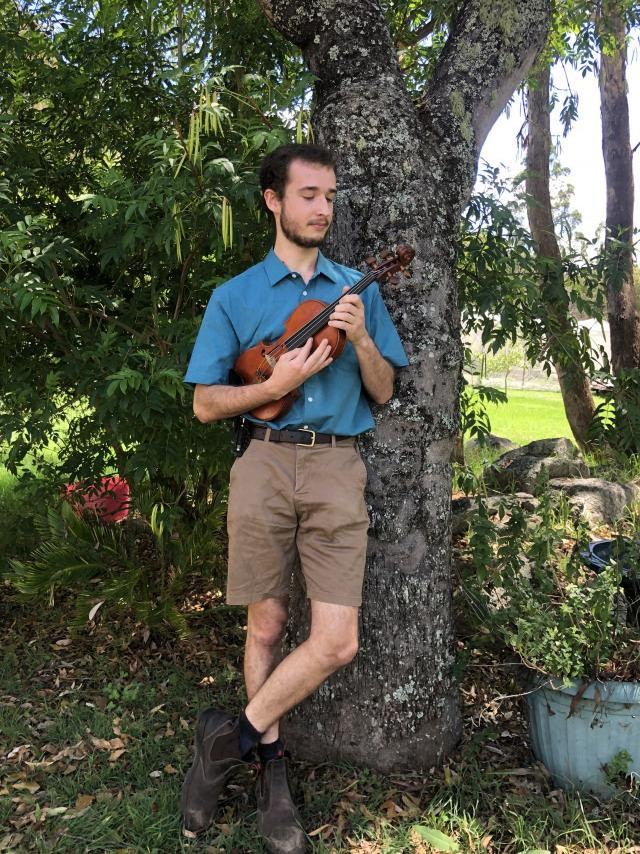Digital Edition
Subscribe
Get an all ACCESS PASS to the News and your Digital Edition with an online subscription
Retro team a family affair
When the phrase “the family that plays together, stays together” was coined they might just have had Stanthorpe’s Harslett family in mind.
During the...









